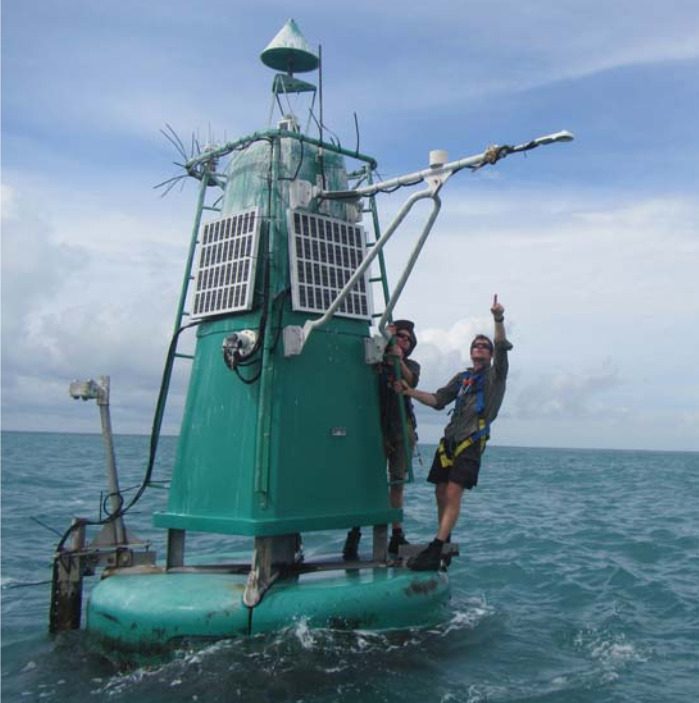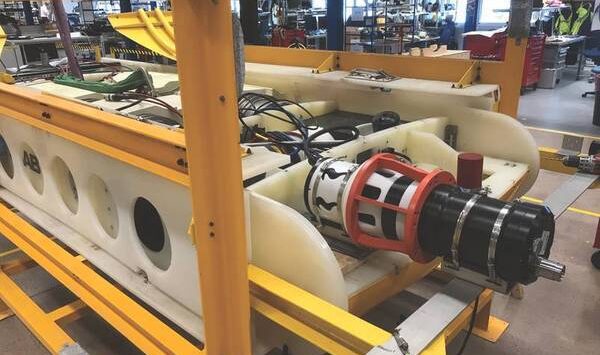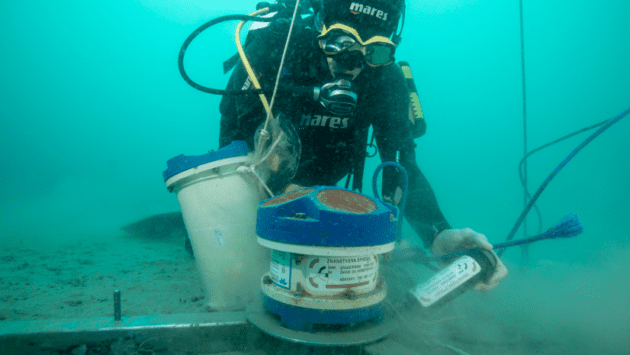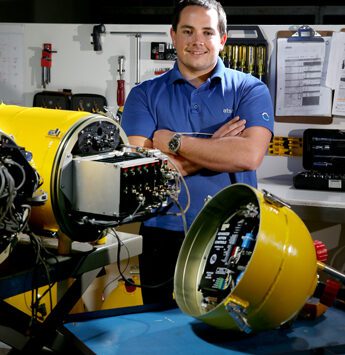ADCP-based Monitoring System Aids Operations in Darwin Harbour
Australia’s Integrated Marine Observing System (IMOS) includes a station at the entrance to Darwin Harbour. Information for currents, tides, waves, temperature, water quality parameters (e.g., Chlorophyll-a, turbidity), wind and rainfall are recorded. While navigating ships in Darwin Harbour, pilots can use a smartphone to see the data. As well as supporting safe shipping, these near real-time observations can aid the general public.
A600 kHz Teledyne RDI ADCP equipped with NEMO waves for in-situ processing is mounted in a tripod on the seabed. The ADCP simultaneously profiles currents and processes directional wave spectra in-situ. Combining both currents and waves in a single compact package simplifies operations. Using battery power allows the measurement of waves every two hours over a six-month deployment.
Using a bottom-mounted ADCP for measuring waves, rather than a surface buoy, can have key advantages. It has been shown that ADCP wave measurements compare favorably with competing techniques. Mounted on the bed, the equipment is safe from damage due to collisions by shipping. Also AIMS avoids frequent maintenance trips to remove fouling by tropical birds. Both had been problems while using wave buoys.
 MTR Sep 2016 ADCP Darwin Harbor (948 KB)
MTR Sep 2016 ADCP Darwin Harbor (948 KB)
 |
| The navigation buoy provided by Darwin Port Corporation hosts metoc sensors and provides the surface link for sending near real-time data. Aboard the buoy, instruments are located at two heights. At 3m are a weather station and radiometer whereas just below sea level are water quality sensors. |



